Introduction
Hawthorn berries, scientifically known as Crataegus, have been cherished for centuries across Europe, Asia, and North America for their culinary, medicinal, and symbolic significance. These small, ruby-red or deep-purple fruits, often dotted with tiny seeds, thrive in temperate climates and are harvested in late autumn when their sweet-tart flavor peaks. While traditionally used in jams, teas, and desserts, hawthorn berries also lend themselves beautifully to winemaking—a process that transforms their vibrant acidity and subtle floral notes into a complex, aromatic elixir. Crafting hawthorn berry wine at home is a rewarding endeavor that combines the simplicity of foraging with the precision of fermentation science. This guide will walk you through every stage of the process, from selecting the finest berries to bottling a vintage that captures the essence of autumn.
Chapter 1: Understanding Hawthorn Berries and Their Winemaking Potential
Before diving into the winemaking process, it’s essential to appreciate the unique qualities of hawthorn berries. Unlike grapes, which are cultivated explicitly for winemaking, hawthorn berries grow wild on shrubs or small trees, often in hedgerows or forest edges. Their flavor profile is distinct: tart with hints of apple, quince, and almond, underpinned by a mild astringency from tannins. These characteristics make hawthorn wine a versatile beverage, equally enjoyable as an aperitif, a digestif, or a companion to rich, savory dishes.
From a winemaking perspective, hawthorn berries offer several advantages. Their high pectin content contributes to a velvety mouthfeel, while their natural acidity balances sweetness, reducing the need for excessive sugar additions. However, their small size and numerous seeds require careful preparation to avoid bitterness. Additionally, hawthorn berries are rich in antioxidants, flavonoids, and vitamins, adding a nutritional dimension to the final product.
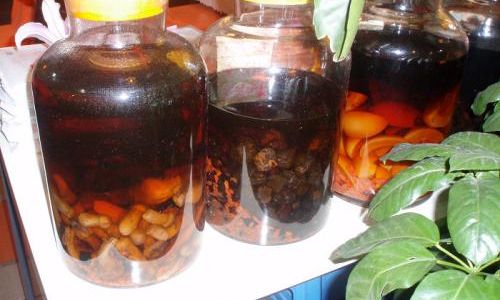
Chapter 2: Gathering and Preparing Your Ingredients
1 Harvesting Hawthorn Berries
The success of your wine begins with selecting ripe, high-quality berries. Aim to harvest in late September to October, depending on your region. Look for plump, uniformly colored fruits free from blemishes or mold. Avoid berries that appear shriveled or overly soft, as these may indicate spoilage. If foraging is not an option, many specialty grocers or online retailers offer frozen or dried hawthorn berries, though fresh is always preferable for optimal flavor.
2 Equipment Checklist
To embark on your winemaking journey, assemble the following tools:
- A large stainless steel or enamel-coated pot (for boiling and macerating berries)
- A fermentation bucket or glass carboy (minimum 5-gallon capacity)
- An airlock and bung
- A hydrometer (to measure sugar levels and potential alcohol content)
- A fine-mesh strainer or cheesecloth
- A siphoning tube
- Glass bottles with corks or screw caps
- Campden tablets (for sterilization)
- Wine yeast (preferably a strain suited for fruit wines, such as Lalvin EC-1118)
3 Sterilization: The Foundation of Quality Wine
Sterilization is non-negotiable in winemaking. Thoroughly clean all equipment with a mild detergent, then sanitize using a solution of water and potassium metabisulfite (Campden tablets). This step eliminates wild yeast and bacteria that could spoil your batch.
Chapter 3: The Winemaking Process
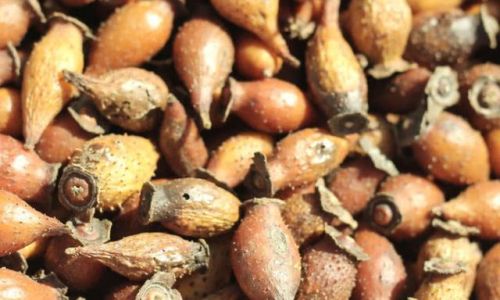
1 Preparing the Berry Must
- Washing and Crushing: Rinse the berries under cold water to remove dirt and debris. Gently crush them using a sterilized potato masher or a fruit press. Avoid over-pulverizing, as this may release unwanted tannins from the seeds.
- Maceration: Place the crushed berries in your fermentation bucket. Add 2 liters of boiling water per kilogram of berries to extract flavor and color. Stir gently, then cover and let steep for 24–48 hours at room temperature.
2 Sugar and Yeast Addition
- Sugar Ratio: The sugar content determines the wine’s alcohol level. For a medium-bodied wine (10–12% ABV), use 1.5–2 kg of granulated sugar per 5 liters of must. Dissolve the sugar in a small amount of hot water before adding it to the mixture.
- Yeast Activation: Rehydrate 5 grams of dried wine yeast in lukewarm water (40°C/104°F) for 15 minutes. This activates the yeast and ensures a healthy fermentation.
3 Primary Fermentation
- Aeration: Stir the must vigorously to incorporate oxygen, which the yeast needs during its initial growth phase.
- Temperature Control: Maintain a consistent temperature between 20–25°C (68–77°F). Higher temperatures may produce off-flavors, while lower temperatures can stall fermentation.
- Monitoring: Use a hydrometer to track specific gravity (SG). A reading of 1.090–1.100 indicates a good starting point. Fermentation typically begins within 24–48 hours, marked by bubbling in the airlock.
4 Straining and Secondary Fermentation
After 5–7 days, when bubbling slows (SG around 1.030–1.040), strain the must through cheesecloth to remove solids. Transfer the liquid to a glass carboy, leaving sediment behind. Attach the airlock and allow secondary fermentation to proceed for 4–6 weeks. This stage clarifies the wine and develops complexity.
5 Racking and Aging
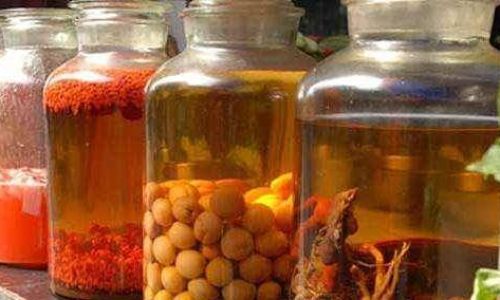
- Racking: Once fermentation ceases (SG stabilizes below 1.000), siphon the wine into a clean carboy, avoiding sediment. This process, called “racking,” may be repeated every 2–3 months until the wine is clear.
- Aging: For optimal flavor, age the wine for 6–12 months in a cool, dark place. Hawthorn wine matures gracefully, with tannins softening and fruit notes integrating over time.
Chapter 4: Bottling and Beyond
1 Clarification and Stabilization
If the wine remains cloudy, use a fining agent like bentonite or gelatin. Gently stir in the agent, then rack the wine after a week. Finally, add 1 Campden tablet per gallon to halt fermentation and prevent oxidation.
2 Bottling
Choose dark glass bottles to protect the wine from light. Fill each bottle to the base of the neck, leaving minimal headspace. Cork or cap tightly, then label with the date and ingredients.
3 Storage and Serving
Store bottles horizontally to keep corks moist. Serve chilled (10–12°C) to highlight the wine’s crisp acidity. Pair with aged cheeses, roasted meats, or dark chocolate for a harmonious experience.
Chapter 5: Troubleshooting and Tips
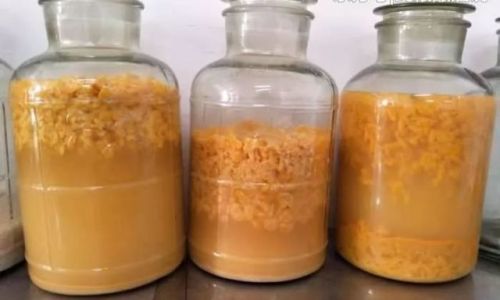
1 Common Issues
- Stuck Fermentation: If yeast activity halts prematurely, check temperature and nutrient levels. Adding yeast nutrient or rehydrating fresh yeast may reignite fermentation.
- Off-Flavors: Moldy or vinegary aromas indicate contamination. Ensure strict sterilization practices.
- Excessive Sweetness: Balance with additional fermentation time or blend with a drier wine.
2 Creative Variations
- Spiced Hawthorn Wine: Add cinnamon sticks, cloves, or orange peel during secondary fermentation.
- Fortified Wine: Blend with brandy or vodka for a higher-alcohol dessert wine.
- Sparkling Wine: Induce a secondary fermentation in the bottle using champagne yeast and sugar.
Chapter 6: The Cultural and Healthful Dimensions of Hawthorn Wine
Beyond its culinary appeal, hawthorn wine holds cultural significance in folk traditions. In Europe, it was once believed to ward off evil spirits and promote heart health—a notion echoed by modern science, which recognizes hawthorn’s cardiovascular benefits. While enjoying your creation, savor its legacy as both a homesteader’s staple and a symbol of resilience.
Conclusion
Crafting hawthorn berry wine is a dance between patience and precision—a testament to the alchemy of nature and human ingenuity. Whether you’re a novice or seasoned winemaker, this ancient practice offers a profound connection to the seasons and the satisfaction of nurturing a liquid masterpiece. So gather your berries, sterilize your tools, and embark on a journey that transforms humble fruits into golden nectar. Here’s to the art of fermentation and the joy of sharing a glass poured from the heart of autumn.
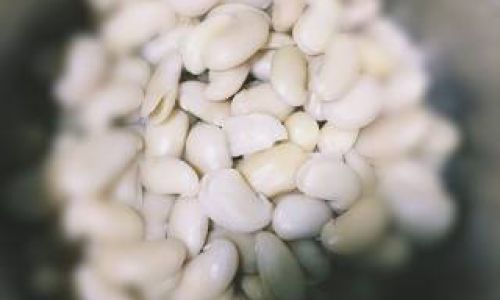
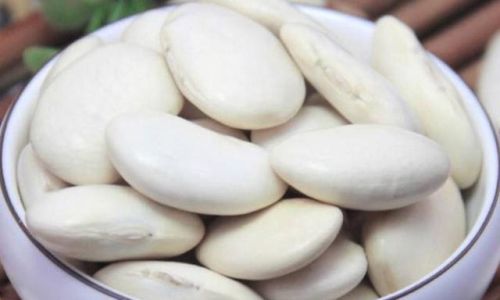
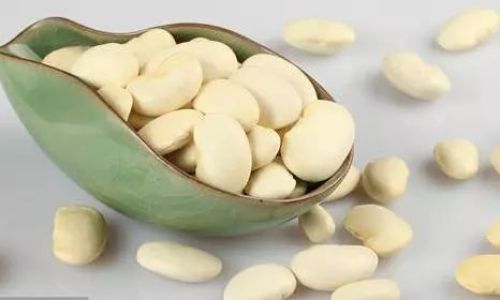
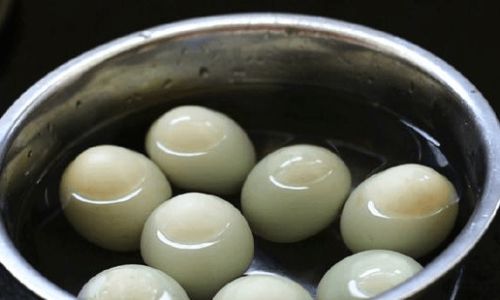


0 comments